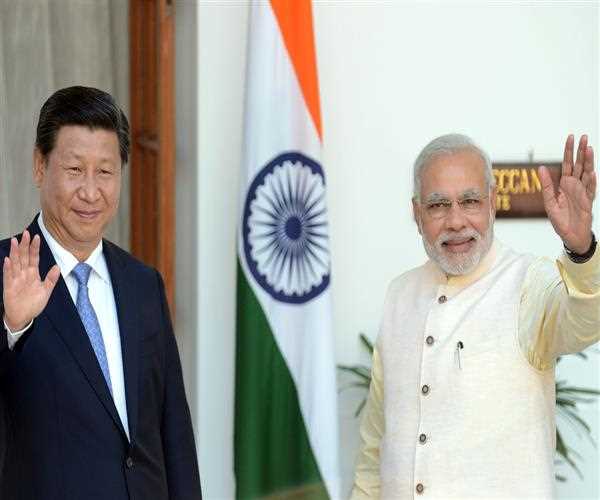India's Economic Growth and its Potential to Surpass China
India, the world's fastest-growing major economy, has been making significant strides in recent years and is attracting global attention as a potential challenger to China's dominant position in the world economy. The question on everyone's mind is: how long will it take for India to surpass China's economy?
The Indian economy has been growing at a rapid pace, with an average growth rate of 7.5% over the last decade. The country's young and dynamic population, growing middle class, and strong entrepreneurship culture are some of the key factors driving its economic growth. India's burgeoning tech sector, innovative start-ups, and vast pool of skilled labour are also contributing to its growth.
However, India still faces significant challenges that must be addressed to sustain its growth and enable it to surpass China's economy. The country's infrastructure is still underdeveloped, and its bureaucratic processes are slow and complex, making it difficult for businesses to operate effectively. India also faces significant labour market rigidities, which limit the flexibility of firms to adjust their workforces and hinder their ability to grow.
Despite these challenges, India's economy has the potential to surpass China's in the coming decades. The country's strong economic fundamentals and favourable demographics will likely drive its growth over the long term. India's middle class is expected to grow to 600 million by 2030, and this growing consumer market is likely to drive domestic demand and support economic growth.

A report by the Institute for International Finance (IIF) projects India to become the world's fifth-largest economy by 2025 and overtake the UK and France by 2027 to become the third-largest by 2030. According to the report, India's GDP is expected to reach $15.7 trillion by 2026, and its share of global GDP is expected to rise from 7% in 2020 to 9% in 2026.
The report attributes India's economic growth to several factors, including favourable demographics, a growing middle class, and an increasingly favourable business environment. The country's young and dynamic population, strong entrepreneurial culture, and vast pool of skilled labour are also expected to play a significant role in driving economic growth.
However, the report also acknowledges the challenges that India faces, including weak infrastructure, a complex and slow bureaucratic process, and labour market rigidities that limit the flexibility of firms to adjust their workforces and hinder their ability to grow.